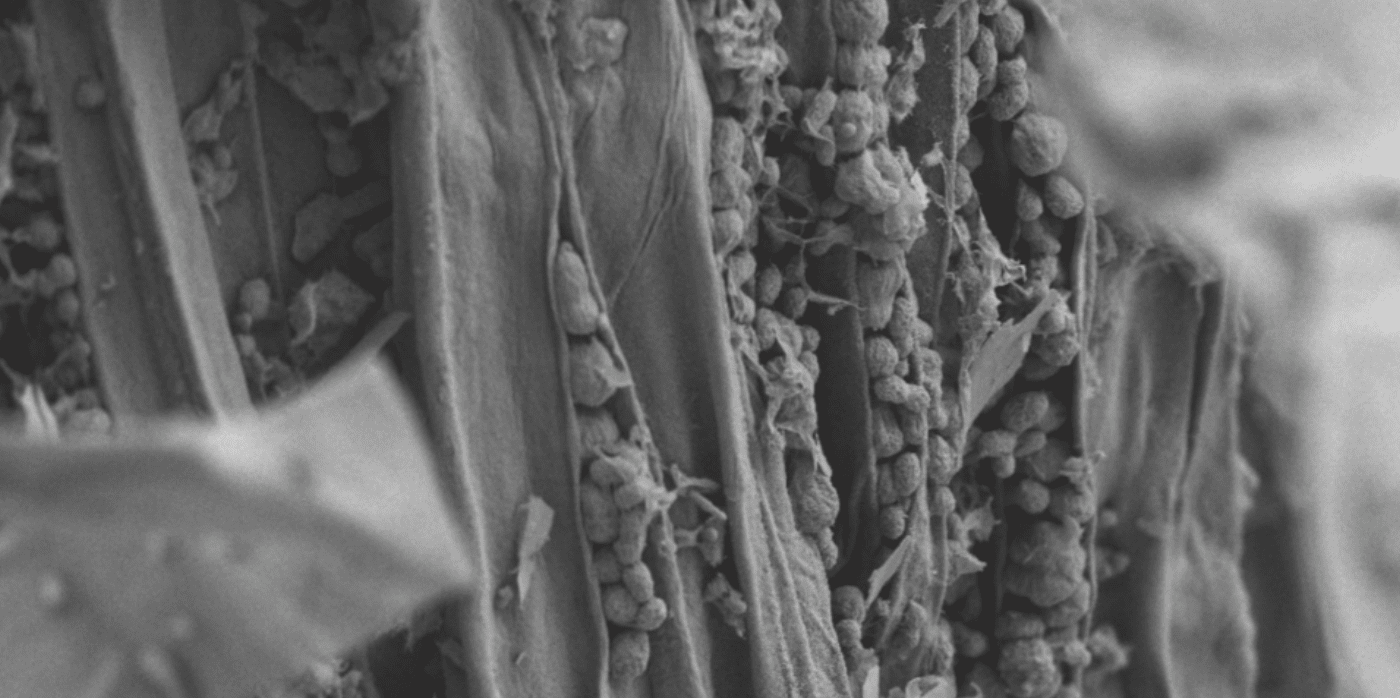Spotted: A large proportion of the world’s arable land is already degraded by the effects of climate change, pollution, and salinisation, and this is set to get worse over time. At the same time, the agricultural industry spends a huge amount of money on fertilisers and other soil treatments. Now, Argentinian startup Puna Bio is developing a novel all-natural solution for improving crop yield using extremophile organisms – microbes evolved to thrive in extreme environments.
Puna co-founder Elisa Bertini scoured locations including Utah’s Great Salt Lake and South America’s high desert, known in Argentina as La Puna, for organisms that thrive in harsh environments like active volcanoes, saline wetlands, and desert soils. The extremophiles that live in these locations have evolved to live with a low amount of nutrients and to optimise the uptake of available nutrients, such as nitrogen or phosphorus, making them very efficient.
The company found that some extremophiles also contain multiple copies of genes that amplify the microbe’s ability to produce nitrogen and phosphorus or grow well under conditions that non-extremophile microbes cannot handle. This, in turn, means that when these microbes are relocated to other soils, even those that have been heavily depleted of nutrients, they thrive. Puna co-founder and CEO Franco Martínez Levis explains it by saying, “What we found is like what happens when an athlete trains at high altitude.”
However, Levis also added that the company doesn’t just collect and sell on the extremophile microbes. They have developed and patented a method for combining these microbes with seed stock. This means that farmers can buy and plant the treated seeds as normal, but also that the extremophiles will not outcompete the existing microbes already present in the soil.
As global warming picks up pace, the race is on to find ways of improving or maintaining agricultural yields without causing further degradation of the environment. Luckily, innovators are coming up with a number of solutions, including a method for turning batteries into fertiliser and a system that can make sustainable biofertiliser on-site.
Written By: Lisa Magloff
8th September 2022
Email: info@punabio.com
Website: puna.bio

